Formerly called Thang Long or "City of the Rising Dragon" when it was founded over 1000 years ago, Hanoi is the present-day capital of Vietnam. Filled with irresistible charm, this city is at the crossroads of century-old traditions and an emerging modernity, dotted with lakes, shaded avenues and green parks.
In its center, Hoan Kiem Lake is the historic heart, where Asian and European influences mingle. North of this lake, you will have to pass through Hanoi’s old quarter with its 36 streets. It is an intertwining of streets, sometimes very narrow, where the swarming activity is made of shops listed by lane: for example "Hang Gai" is the silk street and "Hang Bac" is that of silver. Venture out, get lost! And you will return to the soul of the capital.
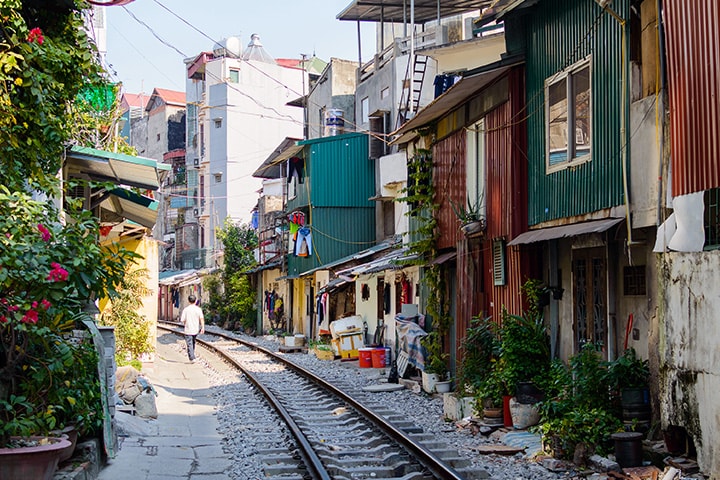
A trip to Vietnam cannot be done without a trip to Halong Bay, the iconic symbol of the country. Located in the Gulf of Tonkin, it includes some 1,900 islands and islets which create a spectacular seascape of limestone pillars, earning it a UNESCO World Heritage status in 1994. Legend has it that the karst islands were created by the flapping of the tail of a dragon to defend the invaders in the days of the Jade Emperor. Since then, the rocky peaks of the bay have offered one of the most emblematic and majestic landscapes in Asia and one of the must-sees in Vietnam.
The best way to admire these mountains rising from the sea is to cruise on a traditional junk and sail in the midst of this mythical and mysterious landscape. Located 4 hours from Hanoi by road, allow at least 2 days and 1 night for what will certainly be the highlight of your holiday to Vietnam.
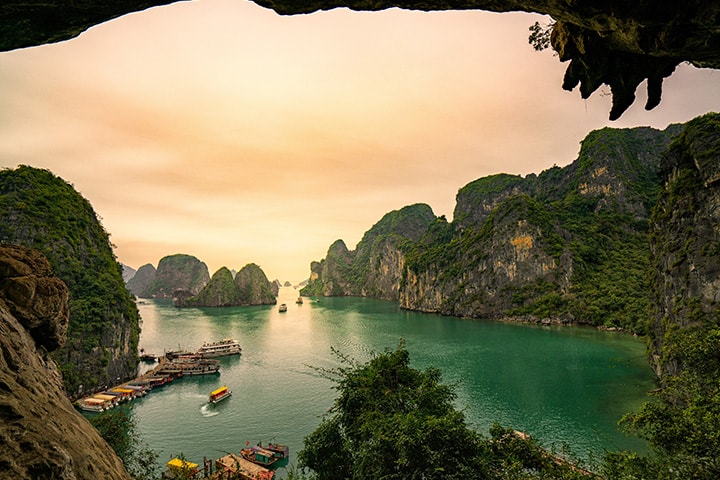
A 2-hour drive from Hanoi, Ninh Binh and its surrounding area is a region known for its countless limestone cliffs which overlook the rice fields and offer a surprising and unique landscape to travelers. Definitely one of the must-sees in Vietnam!
During your wanderings, you will discover the charming city of Hoa Lu, an ancient imperial city where two temples still exist today, with the pretty mountain of Yen Ngua as a backdrop.
At Tam Coc, you can cruise the Ngo Dong River aboard a small sampan. Along impressive rocky peaks, you will pass through caves inhabited by many bats. The landscapes are so majestic that they are rightly nicknamed the "Halong Bay on land" because instead of the sea watched over by the mountains, you have rice fields that are just as magical.
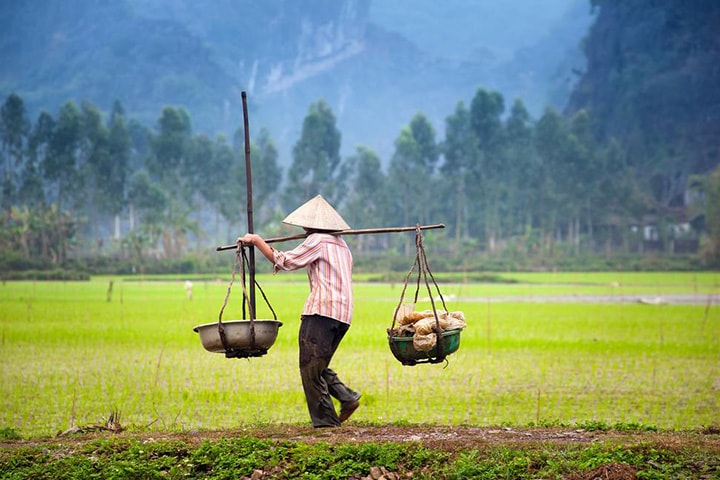
Do you want to discover the life of mountain people, walk through peaceful paths in the middle of breathtaking landscapes? If so, get ready for a trip to northern Vietnam!
What inexorably attracts visitors to Sapa is not just the pleasant city itself, but above all it is the unique panoramas of the surrounding valley, its villages and its mosaic of ethnic communities. You will meet there among others the Black Hmong and the Flower Hmong, the Dao, the Thai and the Tay, all recognizable by their very particular traditional outfits. Shimmering colors and lively markets surrounded by high mountains, majestic rice fields with changing tones, the Sapa region is undoubtedly one of the must-sees in Vietnam. It also offers all visitors a myriad of activities close to nature and the daily life of the inhabitants: sports treks or gentle hikes, on foot or by bike, visits to local villages and markets, homestays ...
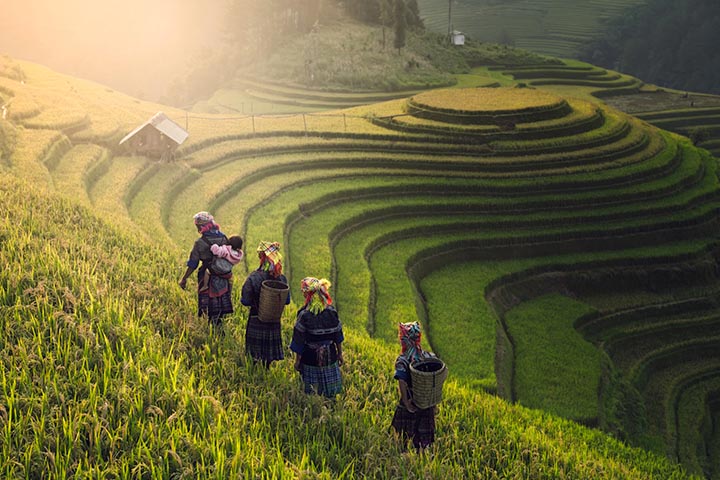
Bac Ha, located in the Sapa Valley, is known for its artisanal industry of distilling rice alcohol, cassava, and corn liquor. But the main attraction of the village is its market which takes place every Sunday and is the largest ethnic market in North Vietnam. It is frequented by a dozen local ethnic groups such as the Hmong, the Thai and the Dao. Here, not only will you have the chance to observe the locals visiting the market to buy food and other necessities for their homes, but you can also witness a crossroad where a mix of populations like to meet, exchange a few words, and drink a few glasses of rice spirit with friends.
About 35 km from Bac Ha, you will find in Can Cau another market, smaller and more focused on the cattle trade. It is also one of the must-sees in Vietnam, especially when travelling in the northern region of the country.
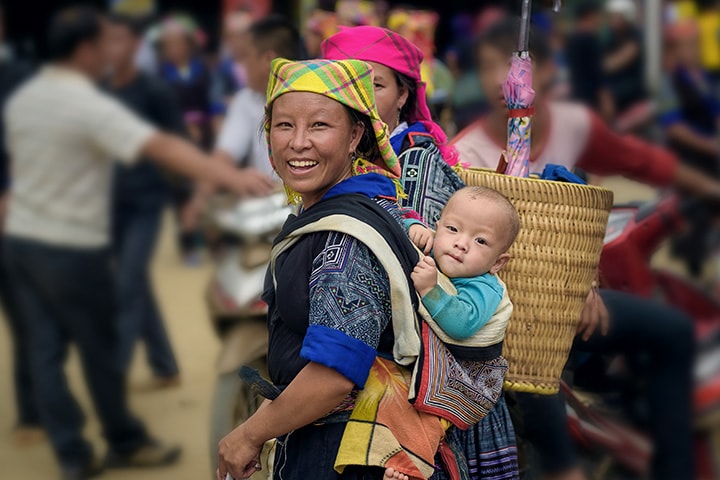
Your trip to Vietnam will certainly take you to the central region, and the city of Hue is an essential stopping point if you want to understand the culture and history of the country.
A former imperial city of Vietnam, it is today classified as a UNESCO World Heritage Site, owing to the richness of its vestiges: the imperial citadel, the tombs of the scattered emperors - each with a different style and the ramparts bathing in a moat speckled with lotuses and water lilies. These remnants of a majestic past make up some of the most fascinating must-sees in Vietnam.
The city is crossed by the Perfume River which separates the ancient city to the north from the modern city to the south, and on which it is pleasant to sail to reach the peaceful Pagoda of the Heavenly Lady. Hue, once rich and prestigious, has maintained its refinement over the centuries, and this is reflected in the arts, cuisine and architecture.
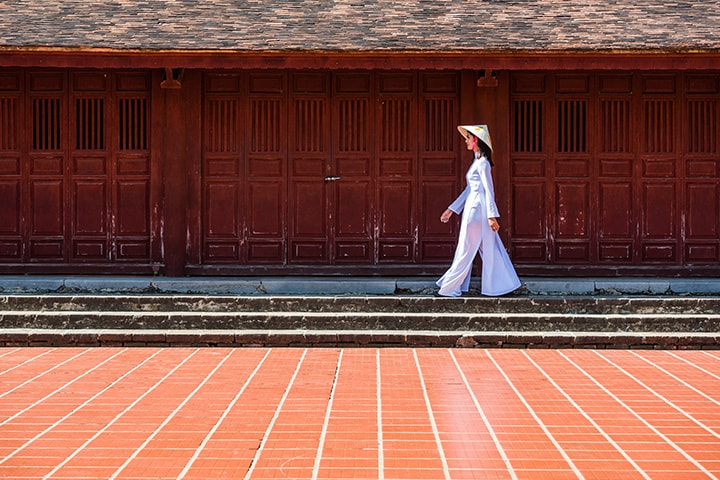
Hoi An is without a doubt one of the must-sees in Vietnam. Hoi An’s history begins as a small fishing village which was a stopover for merchant ships from Europe and Asia. It was thus shaped by various cultures and different architectural styles - China, Japan and France have clearly left their mark there.
Today Hoi An has more than 800 buildings classified as historic monuments. Its charming town center and enchanting atmosphere is a UNESCO World Heritage Site.
One of our favourite activities is cycling through the alleys and strolling through the tastefully decorated shops illuminated by a myriad of colorful lanterns. The city is also famous for its culinary specialties and its large sandy beach which comes alive at the end of the afternoon with small stalls and beach mats to sit and nibble on a snack before the sunset. In the surroundings, the ruins of My Son, ancient city of Cham, are also interesting to visit.
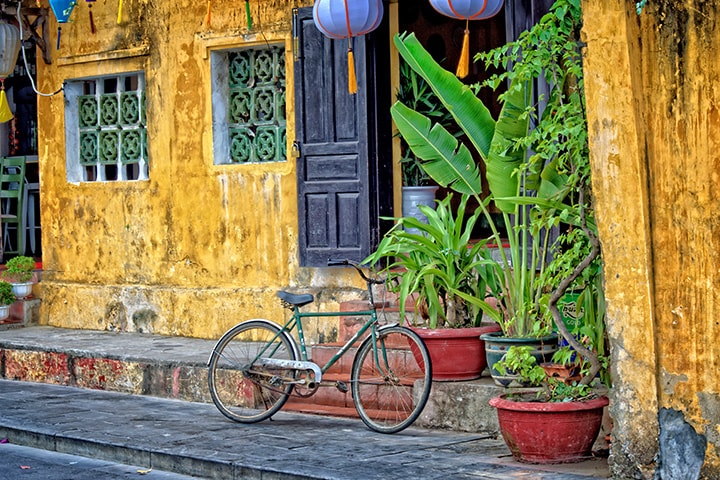
Ho Chi Minh City, formerly Saigon, is the economic lung of Vietnam and for several years it has been undergoing a real urban transformation, attracting many promoters and modernizing at lightning speed. The luxury boutiques are already well established in the Dong Khoi district where it is pleasant to stroll.
It is also a city strongly marked by its colonial past where many buildings in the city center are obvious evidence of the French presence. For example, the Central Post Office is a reference figure with its vault built by Gustave Eiffel. Not far away, the elegant Notre Dame Cathedral in red bricks is also a testimony to French colonialism.
Finally, the Benh Thanh Market is an essential place to do business and taste both salty and sweet specialties. And if you are a fan of nightlife, Ho Chi Minh City offers many alternatives with a wide range of bars and restaurants.
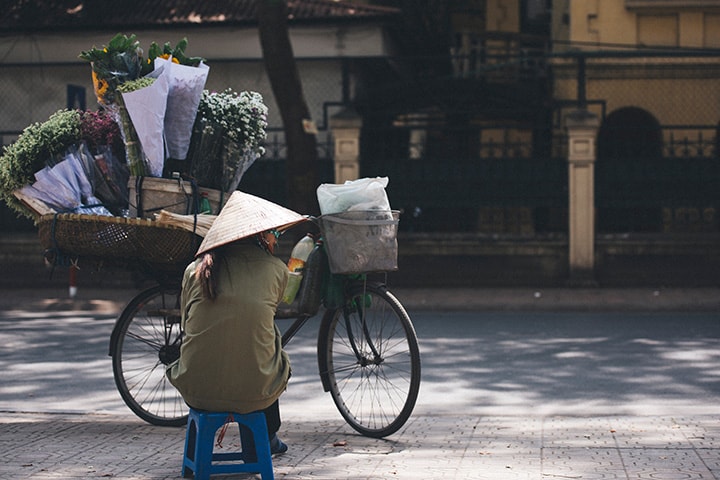
The mythical Mekong River originates in the province of Qinghai then crosses China, Burma, Thailand, before irrigating Cambodia and finally branching out in Vietnam. At the confluence of 9 branches of the river extends the delta which is nicknamed "the rice granary of Vietnam", a huge fertile area with millions of inhabitants.
The main cities of the delta are Can Tho, My Tho and Chau Doc. This region is truly a water zone made up of canals, rice fields and lush orchards where life is good. One of the highlights of this region are the floating markets which are really worth a visit to immerse yourself in the daily life of the locals. The best way to discover this place is definitely by cruising along the waterway aboard a sampan (the traditional boat), in order to immerse yourself in the peaceful life of the delta the way locals do it.
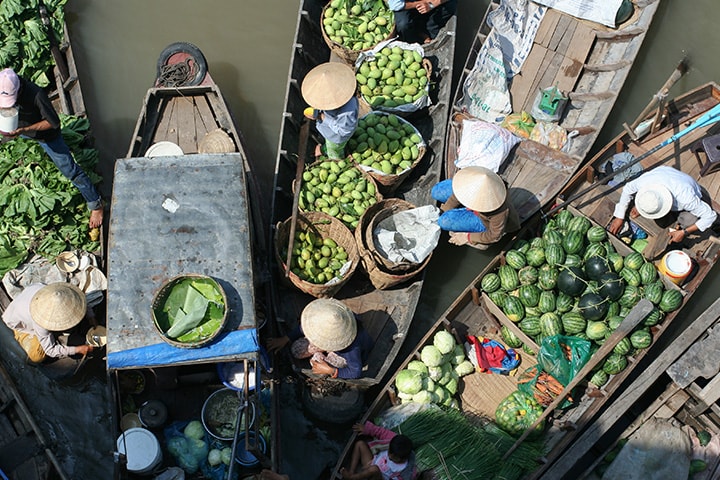
The beaches in the south of the Vietnam have nothing to be shy about compared to other countries in Southeast Asia. They are easy to access, long, beautiful, and offer activities that will delight sports enthusiasts as well as those looking for relaxation.
Nha Trang Bay is considered one of the most beautiful beaches in the world. Made of a long white sand beach facing a myriad of islands and mountains in the background, Nha Trang is Vietnam's best place for marine life and one of the must-sees in Vietnam if you are a diver.
Further south you will find Phan Thiet, renowned for its large beach lined with palm trees, sand dunes, and close to it, the small village of Mui Ne. Windsurfers and kite surfers will find their happiness there.
The islands of Phu Quoc and Con Dao are little dots of paradise on earth. The first is suitable for lovers of sunbathing, comfortable resorts and all kinds of fresh seafood. The second will appeal to those looking for an adventure and who are eager to spend their time in the great outdoors.
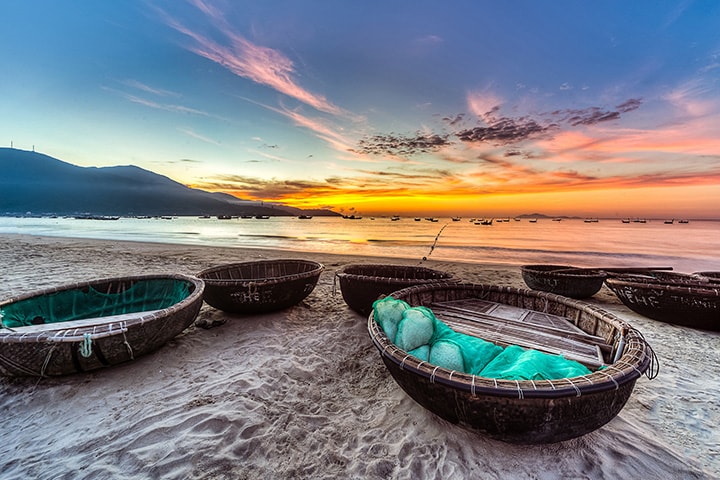
Vietnam is a country with a history involving many conflicts. Some war sites are interesting to visit in order to understand the trials in which the people were forced through, and to discover the strength and tenacity of the Vietnamese which is one of their admirable traits.
The Cu Chi Tunnels, symbols of their resourcefulness and creativity, are only 70 km from Ho Chi Minh City. You can put yourself through what it would have felt like as a soldier by crawling in these underground passages that the fighters of the Vietminh (Communist Party) built to secure their victory against the Americans.
As for the battle against the French, it is to the northwest that we will have to go, to the city of Dien Bien Phu. This is where the decisive battle against the colonization of Indochina took place and one of the must-sees in Vietnam if you are a history fan!
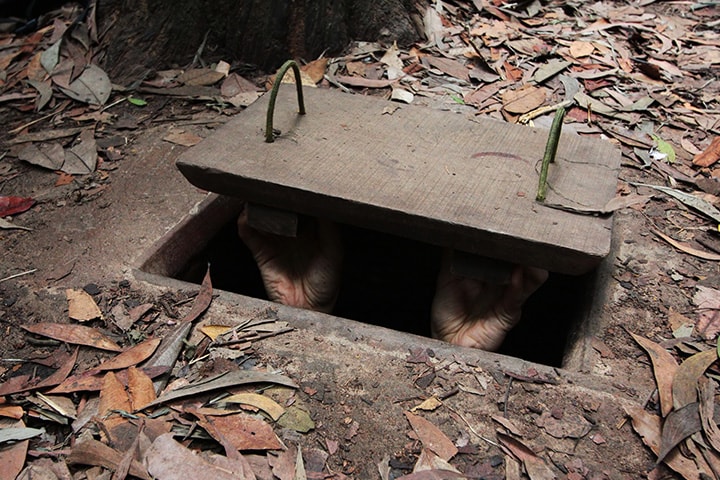
Throughout your holiday in Vietnam, you will inevitably have the opportunity to taste the famous Vietnamese coffee. It is very strong with a slightly “buttered” aroma, it is generally enjoyed iced with sweetened condensed milk. Very popular, it is shared by everyone and it is even an integral part of social life because it is the pretext for friends, colleagues and family members to come together to laugh and chat.
Fun fact: Did you know that Vietnam is the 2nd largest producer of coffee in the world? You can visit these coffee plantations in the highlands of the center of the country around Buon Ma Thuot.
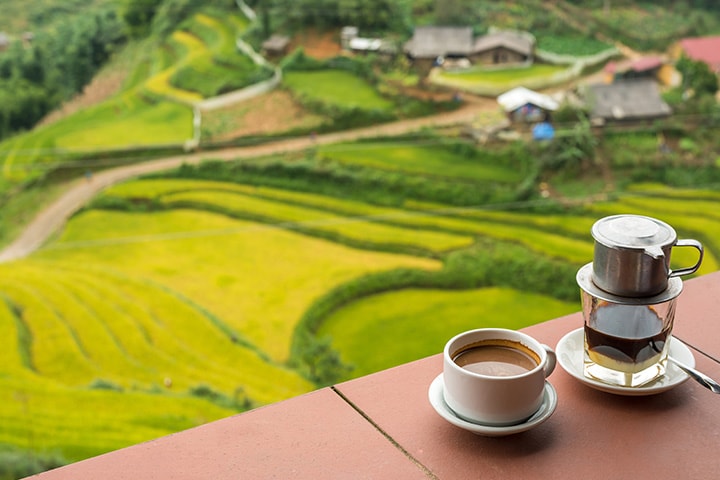
Vietnam was occupied by China for more than 1000 years, resulting in a cultural resemblance which is reflected among other things by a similar calendar. The Vietnamese New Year, known as "Têt", thus takes place at the same time as that of China, that is to say between the end of January and the end of February depending on the moon.
Preparations are made well in advance and the atmosphere of Têt is then present for a good month and a half. The cities are full of flowers, music emanates from the windows, outdoor shows are taking place in Ho Chi Minh City, and the Vietnamese are massing in the streets in search of food and traditional objects required to pass the festival under the best auspices. But during the real days of Têt (4 days), with the exception of Ho Chi Minh City which remains full of people, everyone returns to their native village, leaving empty cities where shops are closed and where services come to a standstill. This is what makes this moment special, but something to keep in mind when preparing for your holiday in Vietnam.
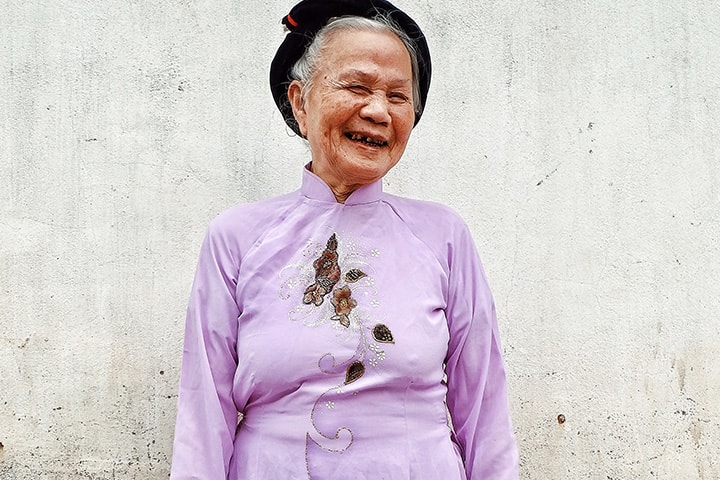
What our guests have to say about us













